Zora Neale Hurston once wrote, “There is no greater agony than bearing an untold story inside you.” Yet, nearly 1 in 5 women experiences some form of sexual assault while pursuing secondary education and carries the weight of their story without sharing or reporting the incident. In response, I created “Altaring Solitude: Alone, Together” to offer a collaborative, albeit individualized, space to share such stories, to start healing from trauma, and to celebrate personal resilience. Much like a Day of the Dead altar, meant to expel loss while mourning, the secular shrine creates an immersive space for participants to acknowledge instances of violence and pain, without erasing or suppressing their emotions.
The persistence of memories related to sexual assault or gender-based violence can be disruptive, overwhelming, and isolating. They can take away the ability to be alone and to be with others. When alone, recurrent, intrusive memories can lead to a solitude that feels “inevitable and unmovable1” (Bollas, 1989 p. 20 in Knafo, 2012). When around others, the loss of trust and fear of negotiating new relationships can be debilitating.
Solitude is embodied. It is influenced by gender and race, as well as sociocultural historicopolitical contexts. It can be experienced in many complex forms. The altar, thus, creates a space for both aloneness and relatedness. It offers an “intersubjective analytic third space” that manifests in a moment of co-creation, “where we discover and experience something new, where we transcend our own limits and knowledge” (Knafo, 2012).
The altar is continually altered through participant engagement. Participants are invited to contribute anonymous reflections, personal objects, and/or art pieces that transform and shape the meaning of the installation. Contributed items are intended to reflect a memory that participants want to unburden or let go.
Art-based methods, like Altaring Solitude, demonstrate that sometimes to heal, means to be in control of your own story.
While participants are free to write any message of their choosing, I provide three optional prompts: What does healing mean to you?; Write about an experience that you want to symbolically let go by leaving it at the altar; Write a message of enoucragment to any women, men, or gender non-conforming individuals who may be at an earlier stage of healing.
As participants leave, they are invited to take one of the fresh-cut flowers that crown the installation. The process of leaving a note or item and taking a flower is symbolic of letting go, but not forgetting or ceasing to feel. Rather, the action is intended as way to acknowledge restoration and growth.
The primary flowers featured in the installation are roses, not as a symbol of love or delicacy, but rather to allude to the strength and softness of the rose, with thorns that provide self-protection and caution against unwanted touching.
Exhibited as part of Growth on the Horizon, an ongoing iniative that curates art-based healing workshops and installations to address the systemic issue of rape culture and gendered violence on local college and university campuses, the initial iteration of the altar was filled with symbolic items—some I found and some I crafted to represent growth from healing.
Evidenced by the anonymous messages, many participants wrote from their position as survivors and offered heartfelt acknowledgement of their pain along with hope for continued resilience and healing. One heartfelt message read:
You are strong and you will keep going. Be with yourself with relentless slowness patience + self-compassion. You will learn to love again. You will learn to become regrounded in your truth.
Art-based methods, like Altaring Solitude, demonstrate that sometimes to heal, means to be in control of your own story. Through art we can share that which might otherwise remain hidden, but which is also essential to forging authentic connections and understandings.
As one participant confided, it is difficult to talk or disclose through official channels, but through art and writing they have been able to work through their trauma.
Each level of the altar represents a facet of the healing process. The top shelf features an ear motif to represent the need to be heard to begin healing.
The next shelf features hands to represent reaching out for help and giving help, when needed. Behind the hands, is a golden heart to encourage empathy. It is also symbolic of betrayal, heartbreak, and/or loss of trust or faith in humanity. The resulting anxiety and stress often experienced by survivors from a breach of trust can prove one of the more difficult hurdles to overcome.
The third shelf represents the “Anniversary Effect”. Traumatic memories are not just remembered by the mind, but also housed in the body. Often, memories, bodily pain and/or symptoms, like anxiety, resurface around the anniversary of a traumatic event. This concept is represented by the school agenda pages provided for participants to write their messages.
The final shelf has two doors, behind which participants can place their notes in the basket encased inside. The nearby surrealist clock is evocative of the distortion of time when in prolonged pain, and of the melting away of pain to time. After all, healing is not always linear or visible.
It is an inevitable part of the human experience to feel alone. It can be both liberating and devastating to realize that no one can feel what we feel in exactly the same way as we feel it. In coming together and participating in the installation and wider Growth on the Horizon event, we may not understand what it is like to experience sexual assault, even between survivors, but through art and writing we can gain access to the lived experience of others.
As Maya Angelou wrote, “You may not control all the events that happen to you, but you can decide not to be reduced by them”. Altaring Solitude: Alone, Together demonstrates that it is ok to be changed, and it’s ok to not feel ok. You are not reduced by what happened to you. Rather, together we will reduce sexual assault on campuses. Rape culture and sexual assault will be normalized no more.
You can follow the altar as it travels to new spaces on Instagram @altaring_solitude.



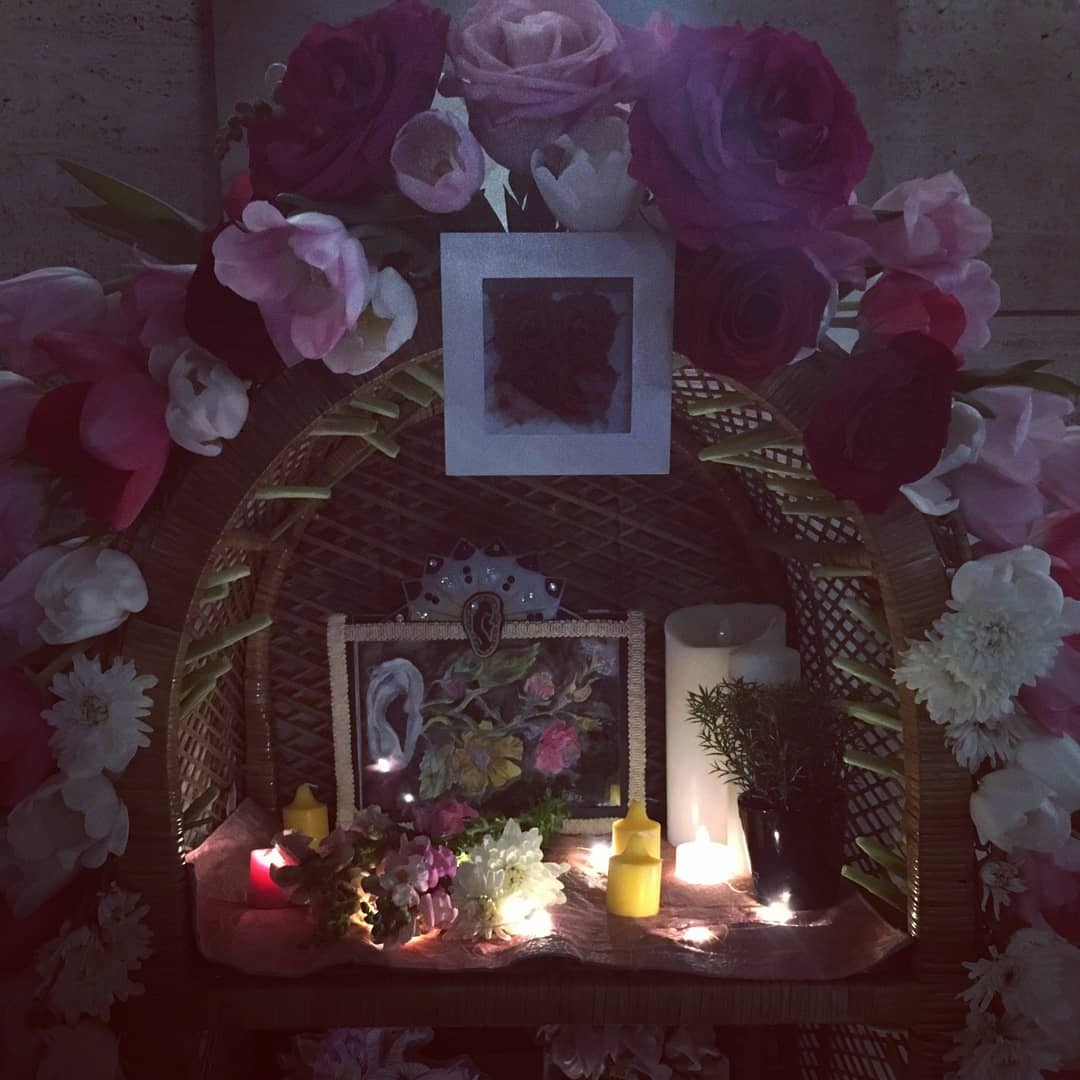


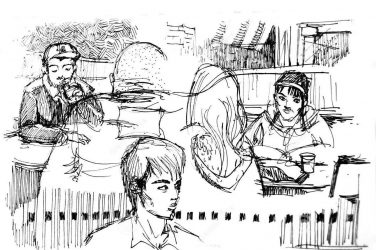
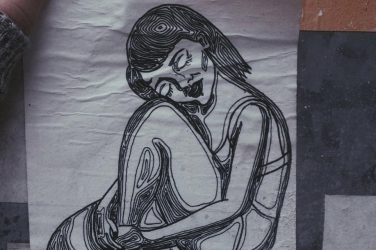
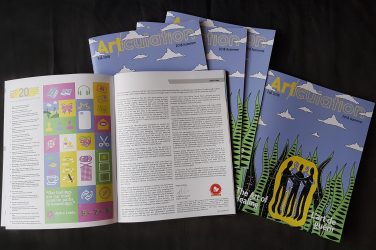
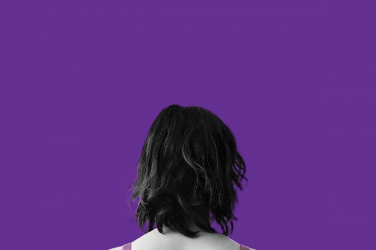
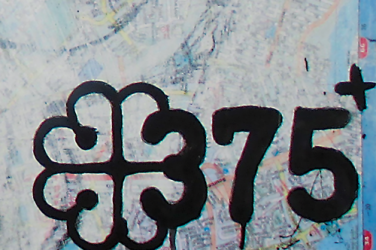
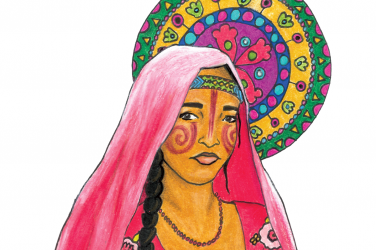
Show Comments (0)